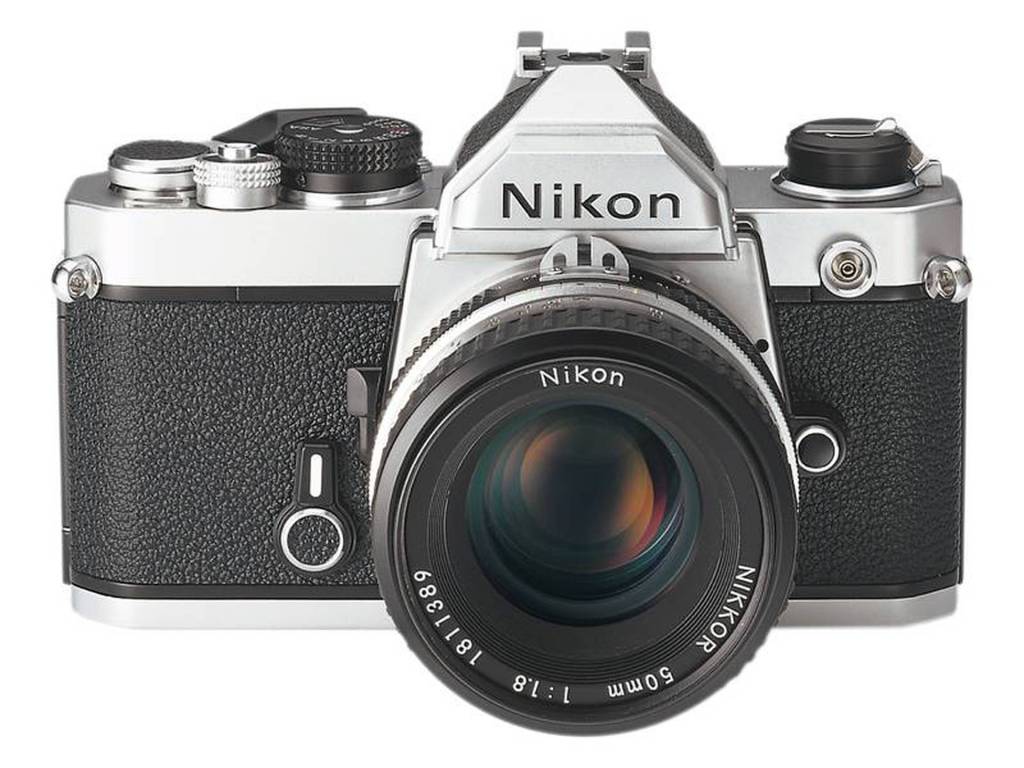
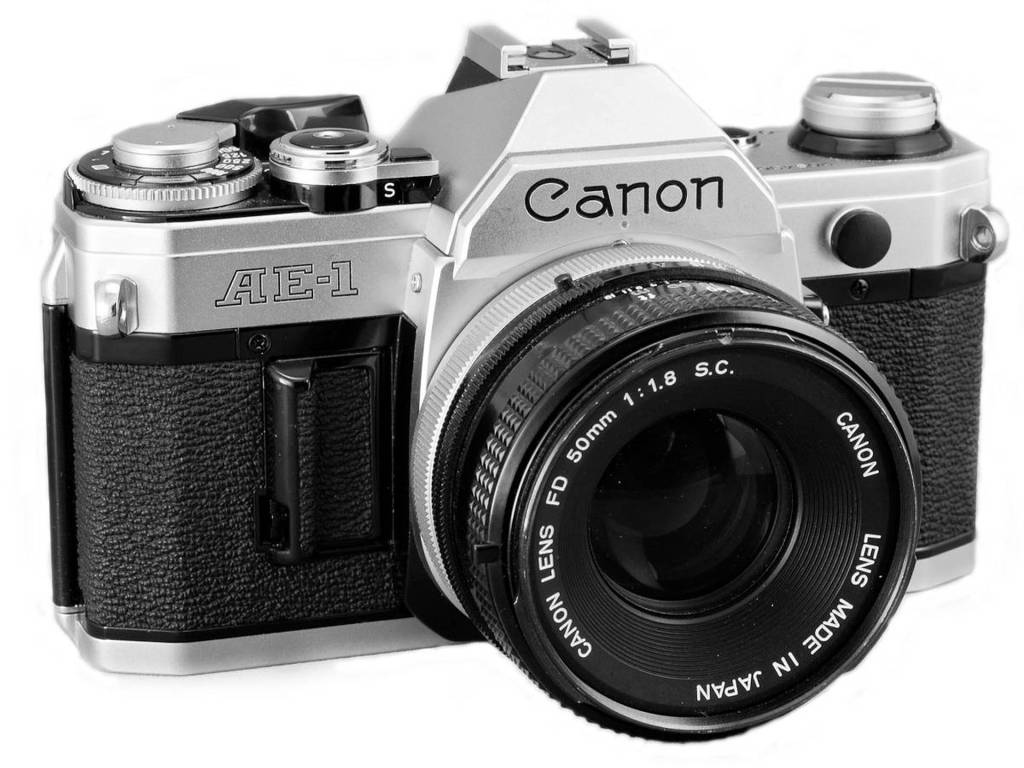
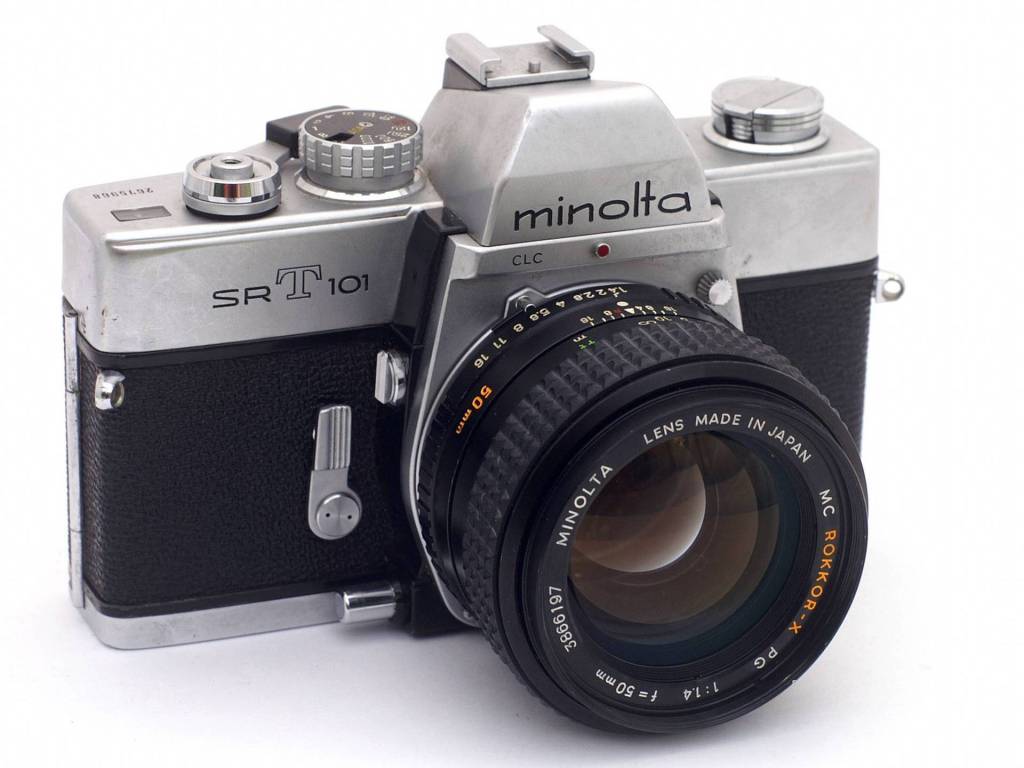
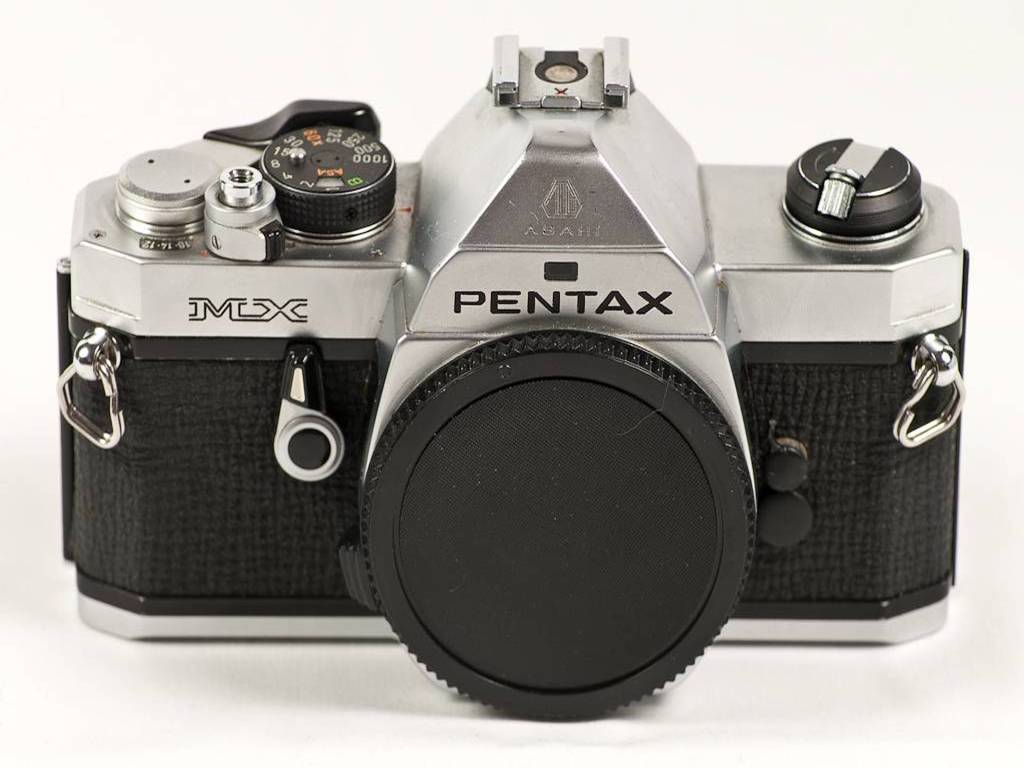
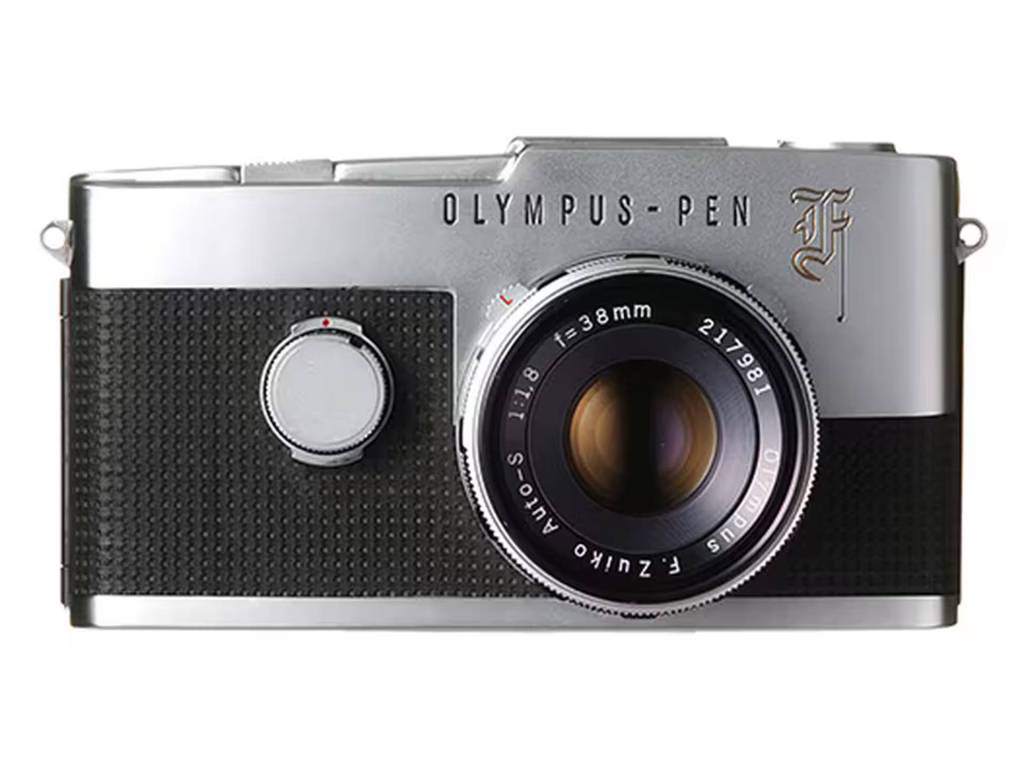
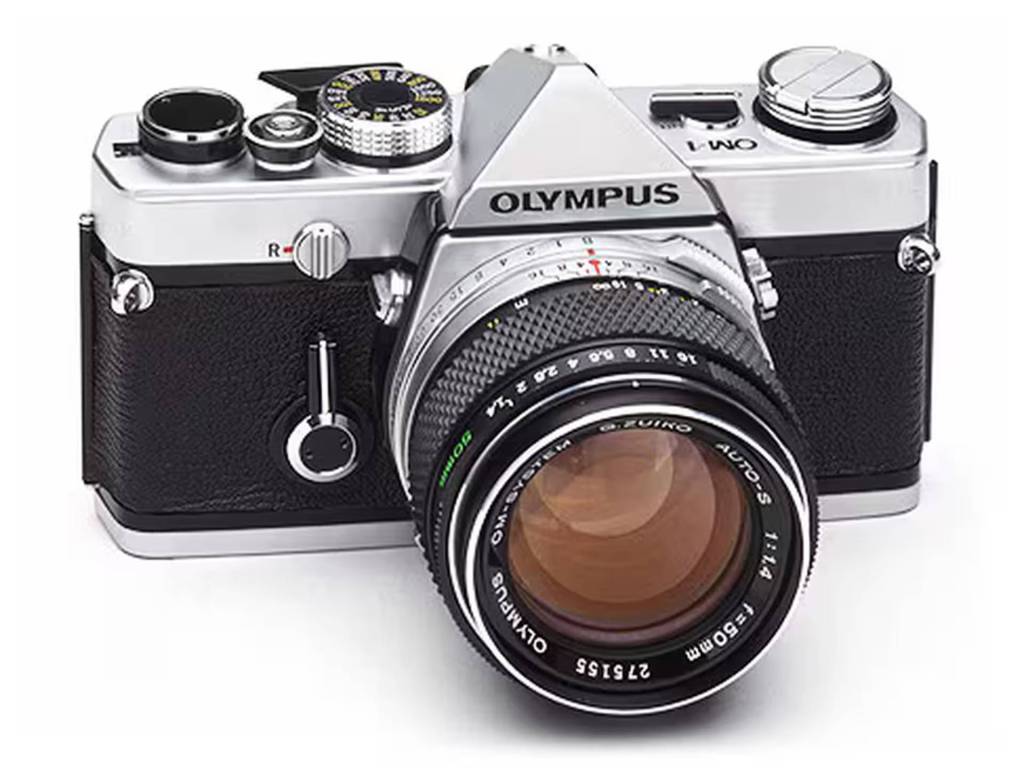
pictures above courtesy of Lomography and Olympus
Imagine you could buy one of these classic cameras, and they’d look and feel exactly as they did back then—no cheap plastic replicas, but true 1-to-1 copies. Solid metal construction, authentic weight and balance, and lenses that match the originals in form and function—though perhaps with modern glass. Picture this camera equipped with a hybrid viewfinder offering options like split prism focusing or magnification and peaking, but no autofocus. And inside, a modern 16, 20, or even 24-megapixel sensor.
Would you be interested?
The reason I ask is that more and more photographers, influencers, and YouTubers are voicing a common frustration: that photography no longer feels the way it used to. The camera industry seems focused on a race for more features and megapixels, but not necessarily on the joy of capturing an image. I also notice a growing number of younger photographers turning to old 35mm film cameras, possibly searching for that sense of authenticity that’s missing in modern digital photography.
So, I wonder: if a camera were made today with the same principles as those classics—digital, but with minimal changes—would this bring back that timeless photography experience? Would it be a better bridge between past and present?
I’d love it if you’d cast a vote! Your feedback is much appreciated—thanks in advance!
Updated 15/11/2024 – 18:00 CET
- YES: 58.33%
- NO: 25.00%
- Undecided: 16.67%
Final results on Monday !
Discover more from Open Source Photography
Subscribe to get the latest posts sent to your email.


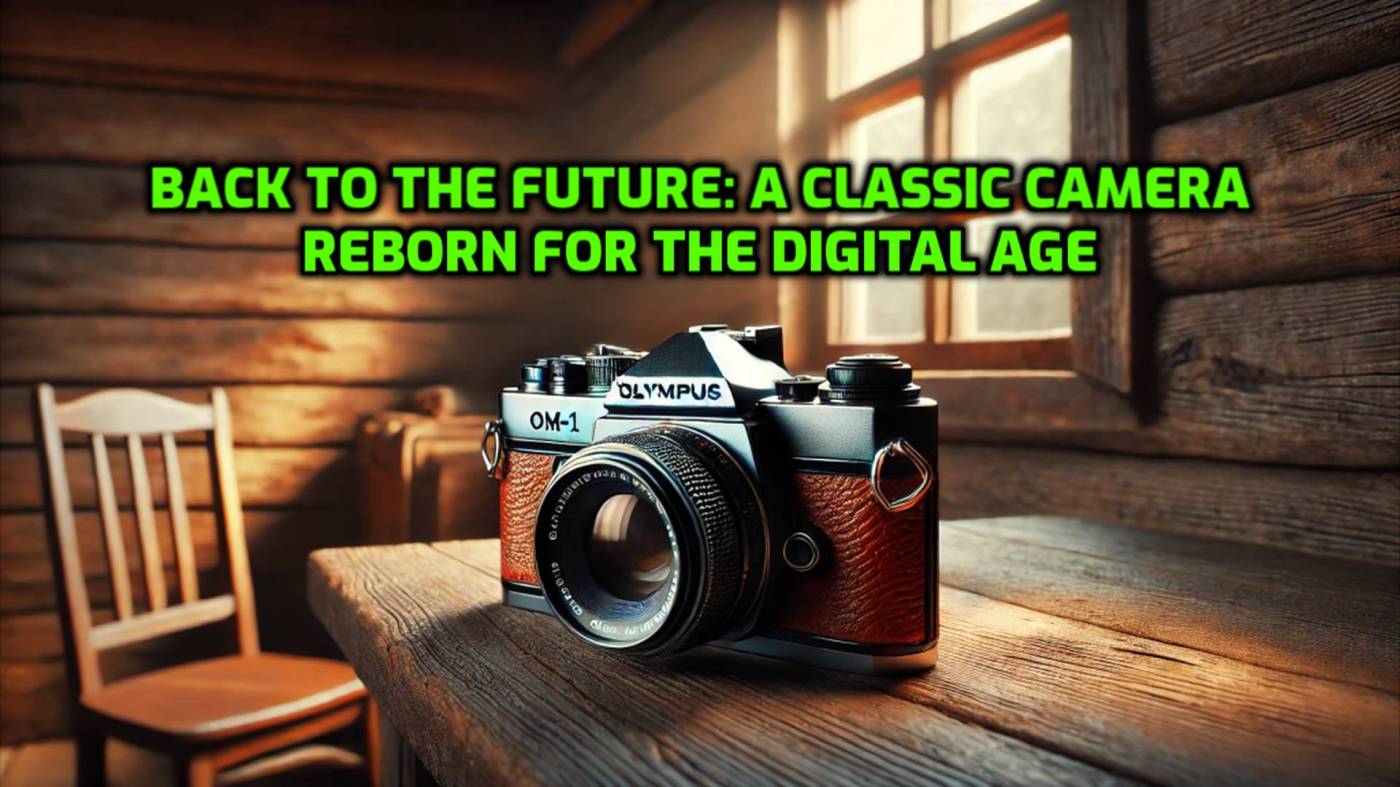

Ah! Nostalgia or when our selective memory retains only the most pleasing things we ,consciously or not, wants to remember! A few years ago I did a small experience returning to the analog-film era with the Olympus OM-2n which I have found interesting and highly amusing but the fact is that we have already and deeply evolute to the digital photography with all the new benefits. But I understand that curiosity for the youngest generations and memories for the oldest ones may have a special flavor in this fast pace changing world.
Thank you Marc for this voyage from the past and good (today) day to you, Daniel M
LikeLiked by 1 person
Thanks, Daniel! It’s surprising that younger people are still willing to spend money on buying and developing film, even though there’s a free alternative. This must mean that something is missing in current digital cameras. Anyway, I’m especially curious to see the results of the poll. Have a nice day, Daniel.
Best regards,
Marc
LikeLiked by 1 person
My first digital camera was a Canon G5. It made pretty good shots, when there was enough light, but I couldn’t get used to handling it. Then came Minolta with the 7D APS-C and I was happy because it had all the buttons I needed. It was pretty much an analog SLR with a sensor; which goes as well for my next camera, the Nikon D700; the first affordable full frame DSLR. Then I switched to SONY mirrorless full frame; A7; A7R2 and at the moment A7R5. Main thing for me is that, after a decent setup, I can use my hands and don’t have to dive into all kinds of menus all the time. Autofocus got me lazy; but I can easily switch to Manual and work like in the analog days. The retro look is not important to me. If I remember well Nikon once released the Df; a camera that is pretty much a Classic Camera Reborn for the Digital Age. Cheers!
LikeLike
I’ve been into photography since the early 1970s, starting with classic SLRs like the Pentax Spotmatic and Fuji ST701. I also dabbled in 8mm film for a while, and later moved on to digital SLRs from Pentax, including the K5, K10, K20, and K3 models.
Switching to mirrorless cameras was a bit of a challenge, especially adjusting to the digital viewfinder — which I still sometimes struggle with. My ideal camera doesn’t necessarily need to look like a classic model, but there are a few features I miss. I’d prefer real dials instead of wheels for settings like shutter speed and ISO, and lenses with true focus and aperture rings, not just “fly-by-wire” controls. I’d also love a more compact build, less plastic, and perhaps a hybrid viewfinder like the one on the Fuji X100. Just something that feels more analog — more hands-on, like it used to be.
The Nikon Df was a step in the right direction, but it came with many issues, it was also large and heavy.
Thanks so much for your comment, Harrie, and have a great Friday!
Best regards,
Marc
LikeLike